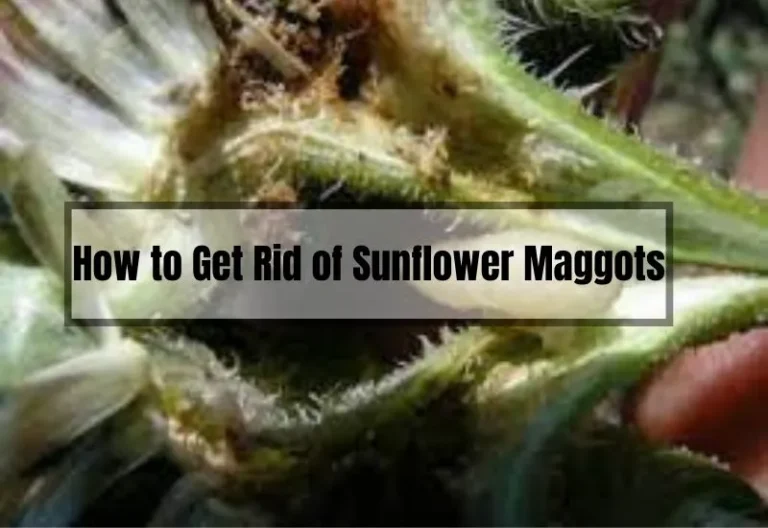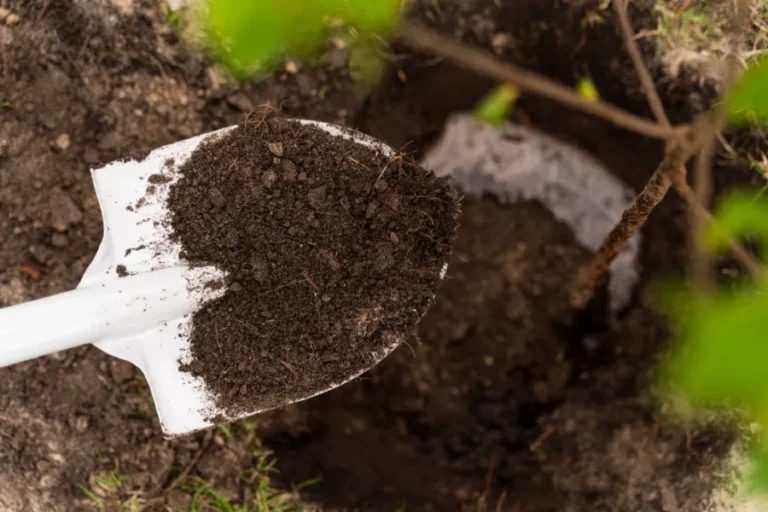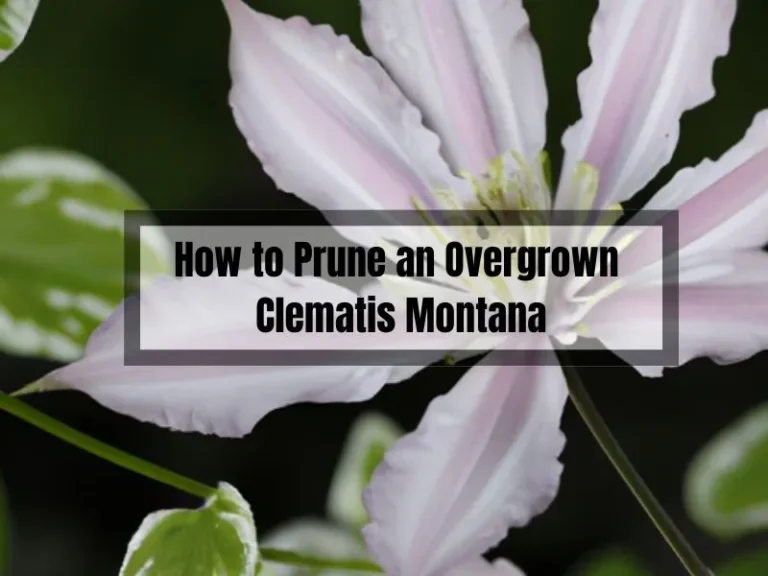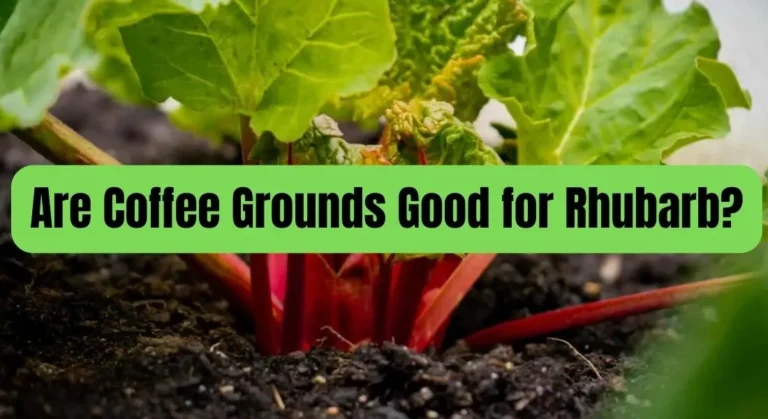How to Get Rid of Wild Violets Organically: A Friendly Guide
If you’re looking to get rid of wild violets in your garden or lawn, you’re not alone. These pretty purple flowers can take over quickly and are difficult to remove, but there are organic methods you can use to get rid of them. In this article, we’ll discuss the benefits of organic removal methods and how to prepare for removal. We’ll also cover organic removal techniques, preventing wild violet re-emergence, and maintaining your garden after removal.
Using organic methods to remove wild violets has several benefits. Not only are they better for the environment, but they’re also safer for pets and children who may come into contact with the area. Before you start removing the wild violets, it’s important to prepare the area. This may involve mowing the lawn, removing debris, and making sure you have the right tools for the job.
Now that you’re ready to start removing the wild violets, there are several organic techniques you can use. These include hand weeding, using vinegar and water, and using corn gluten meal. By following these techniques, you can successfully remove the wild violets and prevent them from re-emerging in your garden or lawn.
Key Takeaways
- Using organic methods to remove wild violets is better for the environment and safer for pets and children.
- Proper preparation is key to successfully removing wild violets.
- Organic removal techniques include hand weeding, vinegar and water, and corn gluten meal.
Benefits of Organic Removal Methods
Getting rid of wild violets organically has several benefits. First of all, it is a safe and natural way to control weeds without using harmful chemicals that can damage the environment and harm other plants, animals, and insects. By using organic methods, you can maintain a healthy ecosystem in your garden and contribute to a more sustainable environment.
Organic removal methods are also cost-effective and easy to use. You don’t need any special equipment or tools to get started, and you can use common household items to make your own organic weed killer. For example, you can mix vinegar, salt, and dish soap to create a natural herbicide that can kill weeds without harming other plants.
Another benefit of organic removal methods is that they can improve the overall health of your lawn and garden. By removing weeds naturally, you can promote healthy soil, which can help your plants grow stronger and more resistant to pests and diseases. Organic removal methods can also improve the quality of your soil by increasing its nutrient content and reducing soil erosion.
In summary, organic removal methods offer a safe, cost-effective, and environmentally friendly way to get rid of wild violets and other weeds in your garden. By using natural methods to control weeds, you can promote a healthy and sustainable environment and enjoy a beautiful garden that is free from harmful chemicals and pesticides.
Preparation for Removal
Before you begin removing wild violets from your lawn, it’s important to prepare yourself and your tools. Here are a few things you should do before you start:
- Wear protective clothing: Wild violets can be tough to remove, so it’s important to protect yourself from any potential scratches or injuries. Wear long sleeves, pants, gloves, and closed-toe shoes to keep yourself safe.
- Choose the right tools: There are a few different tools you can use to remove wild violets, including a hand weeder, trowel, or dandelion digger. Choose the tool that works best for you and your lawn.
- Water your lawn: Watering your lawn before you begin removing wild violets can make the process easier. Wet soil makes it easier to remove the entire plant, including the roots.
By taking these steps, you’ll be better prepared to remove wild violets from your lawn. Remember to take your time and be patient, as removing wild violets can take some time and effort.
Organic Removal Techniques
If you’re looking to get rid of wild violets in your lawn or garden, there are several organic removal techniques you can use. Here are some of the most effective methods:
Manual Removal
One of the simplest ways to get rid of wild violets is to pull them out by hand. This method is best for small infestations, but it can be time-consuming for larger areas.
Be sure to wear gloves to protect your hands from the plant’s sap and roots. Use a trowel or garden fork to dig out the entire root system, so the plant won’t grow back.
Natural Herbicides
You can also use natural herbicides to kill wild violets. Horticultural vinegar, which is stronger than regular vinegar, can be used to control weeds. Mix 80% water with 20% horticultural vinegar and spray it directly on the plant.
Be careful not to spray it on other plants, as it can harm them too. Another natural herbicide is corn gluten meal, which is a byproduct of corn processing. It works by inhibiting seed germination, so it’s best used as a preventative measure.
Solarization Process
Solarization is a process that uses heat to kill weeds. It works by covering the affected area with clear plastic, which traps the heat from the sun and kills the plants.
To use this method, mow the area as short as possible, water it thoroughly, and cover it with clear plastic. Leave the plastic in place for at least six weeks, or until the plants are dead.
Organic Mulching
Organic mulching is another effective way to get rid of wild violets. Cover the affected area with a layer of organic mulch, such as shredded leaves, straw, or bark.
This method works by smothering the plants and preventing them from getting sunlight. Be sure to use a thick layer of mulch to ensure that the plants are completely covered.
Preventing Wild Violet Re-Emergence
After you have successfully removed wild violets from your lawn, it is important to take steps to prevent their re-emergence. Here are some tips to help you keep your lawn free from wild violets:
- Regular Mowing: Keep your lawn regularly mowed to a height of about 2-3 inches. This will help to prevent wild violets from growing back and taking over your lawn again.
- Proper Watering: Make sure your lawn is receiving the right amount of water. Overwatering can create an environment that is conducive to the growth of wild violets. On the other hand, underwatering can create dry conditions that encourage the growth of other weeds.
- Healthy Soil: Maintain healthy soil by regularly adding organic matter such as compost or well-rotted manure. This will help to improve soil structure, drainage, and nutrient availability, which will in turn promote healthy grass growth and discourage the growth of weeds.
- Natural Weed Control: Consider using natural weed control methods such as corn gluten meal, which is a natural pre-emergent herbicide that can help to prevent weed seeds from germinating. You can also use vinegar or boiling water to kill weeds without harming your lawn.
By following these tips, you can help to prevent wild violets from re-emerging in your lawn and keep your lawn looking healthy and beautiful.
Maintaining Your Garden After Removal
Now that you’ve successfully removed the wild violets from your garden, it’s important to maintain it to prevent their return. Here are a few tips to help you keep your garden healthy and weed-free:
- Regularly weed your garden: Make sure to pull out any new weeds that pop up in your garden before they have a chance to take root and spread. This will help prevent wild violets from returning to your garden.
- Add mulch: Adding a layer of mulch to your garden can help prevent new weeds from growing by blocking out sunlight and suffocating them. It also helps to retain moisture in the soil, which is important for the health of your plants.
- Keep your soil healthy: Wild violets thrive in acidic soil, so it’s important to keep your soil pH balanced. You can do this by adding lime or wood ash to your garden if your soil is too acidic. You should also regularly add compost or other organic matter to your soil to keep it healthy and nutrient-rich.
By following these simple tips, you can help keep your garden healthy and prevent wild violets from returning. Remember, maintaining a healthy garden is an ongoing process, so make sure to regularly check for new weeds and take action to keep them under control.
Frequently Asked Questions
What natural methods can I use to eliminate wild violets from my lawn?
Removing wild violets manually with a weeding tool is one natural way to get rid of them. You can also use corn gluten meal to prevent their growth. Mowing your lawn regularly can also help to control their spread.
Can vinegar effectively kill wild violets without harming the grass?
Vinegar can be an effective natural herbicide, but it can also harm grass. It is best to dilute vinegar with water and apply it directly to the wild violets while avoiding the surrounding grass.
What are some organic strategies to prevent wild violets from spreading?
One way to prevent wild violets from spreading is to maintain a thick, healthy lawn. This can be achieved by regularly fertilizing, aerating, and overseeding your lawn. You can also use organic mulch to prevent wild violets from growing in garden beds.
Are there any organic herbicides suitable for targeting wild violets?
Yes, there are organic herbicides that can be used to target wild violets. These herbicides contain natural ingredients such as clove oil, citric acid, and vinegar. Always read the label and follow the instructions carefully.
How can I control wild violet ground cover using organic methods?
To control wild violet ground cover, you can use a combination of manual removal and organic herbicides. Applying corn gluten meal can also help to prevent their growth. Additionally, maintaining a thick layer of organic mulch can prevent wild violets from growing.
What are the most effective organic techniques for managing wild violets in gardens?
Manual removal is one effective technique for managing wild violets in gardens. You can also use organic herbicides containing natural ingredients such as clove oil, citric acid, and vinegar. Additionally, maintaining a thick layer of organic mulch can prevent wild violets from growing.





